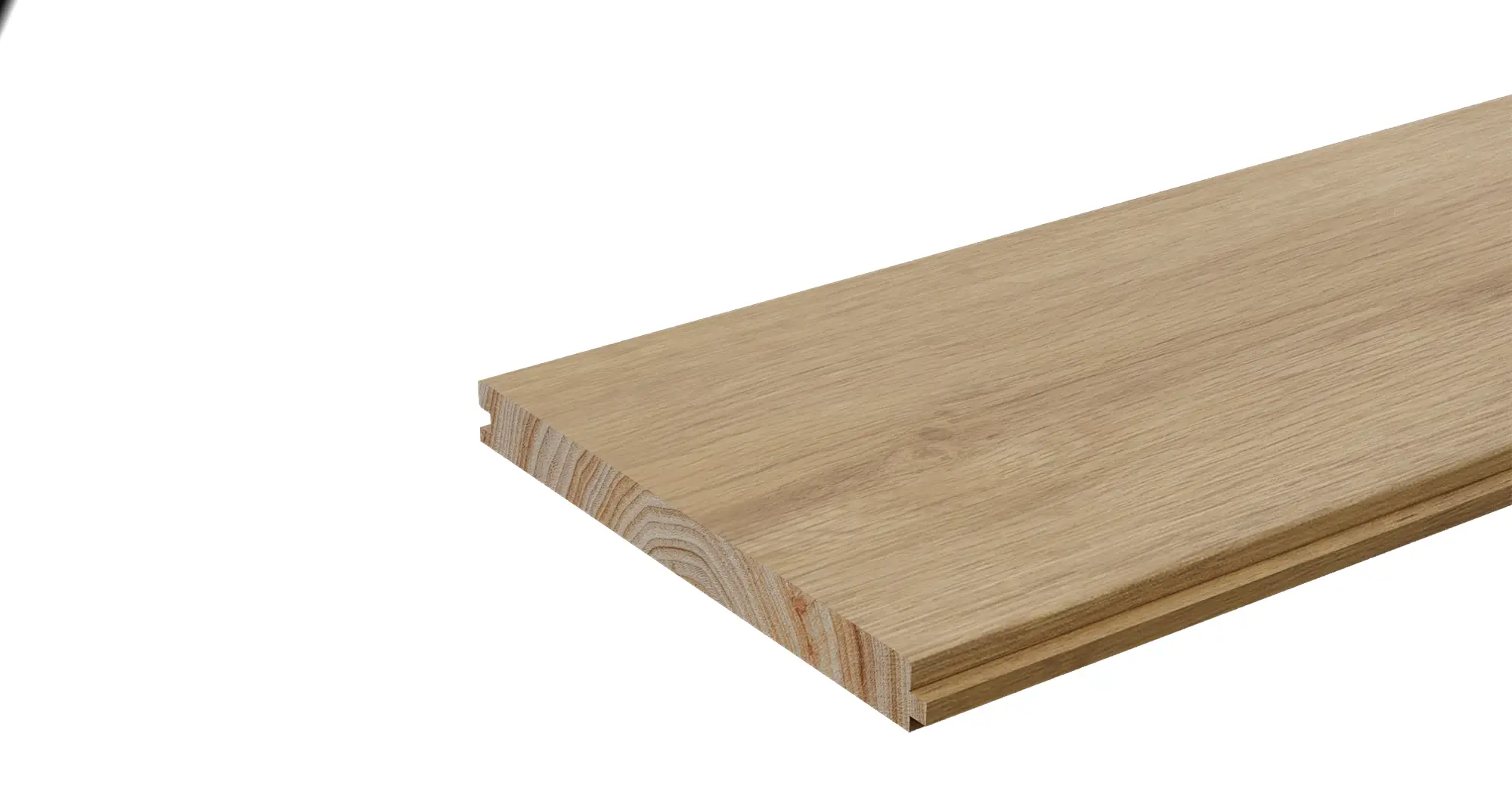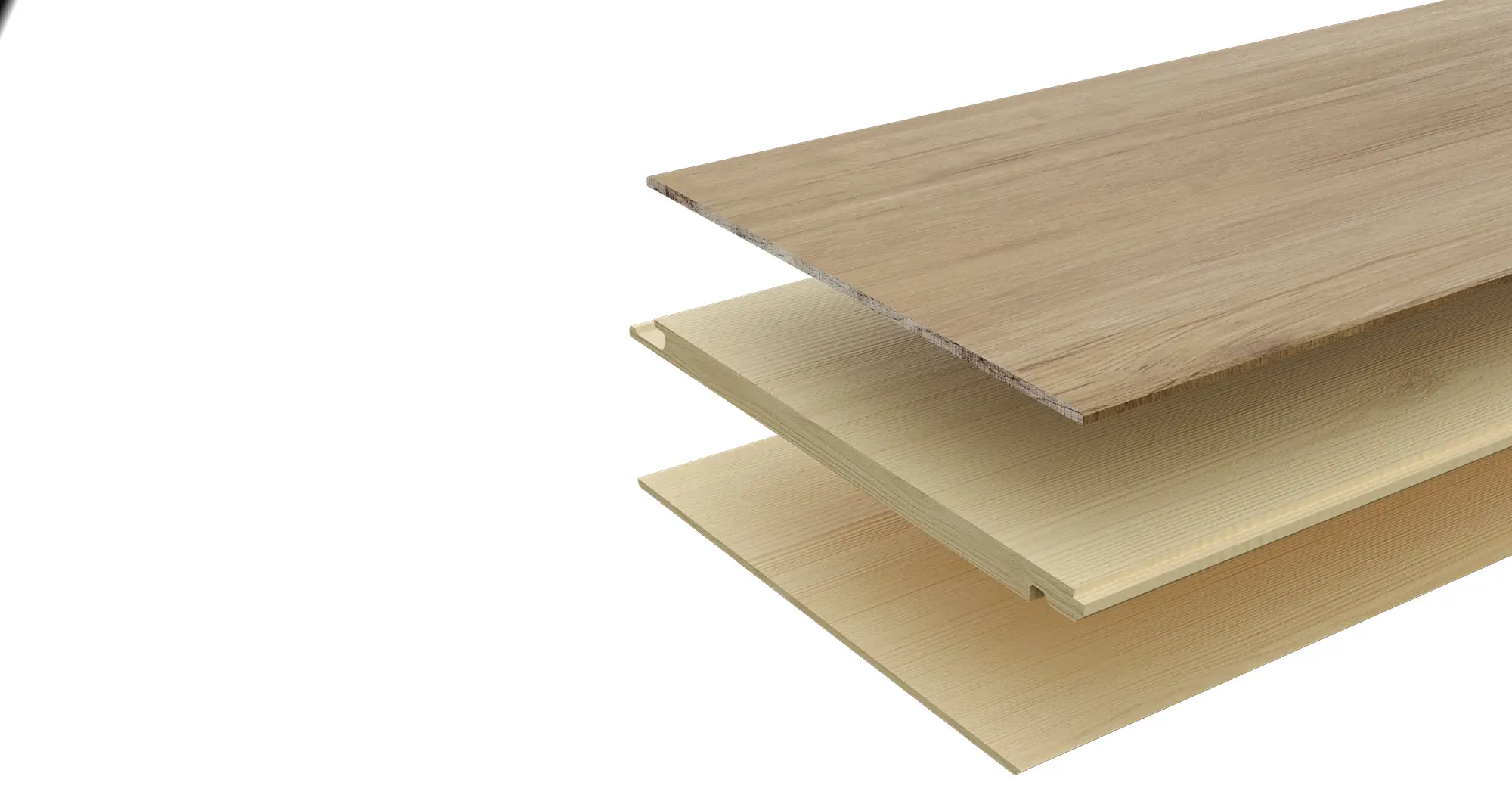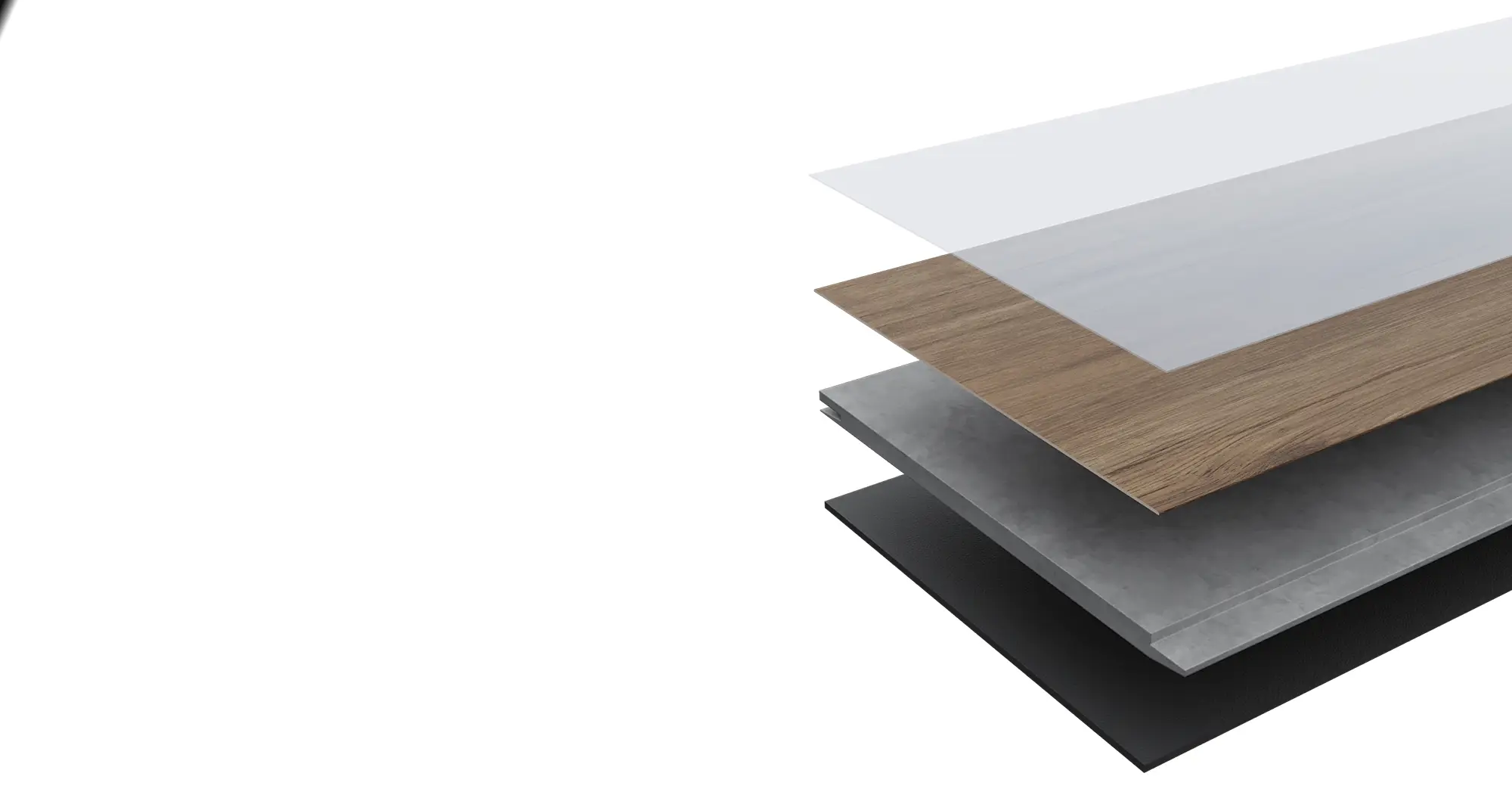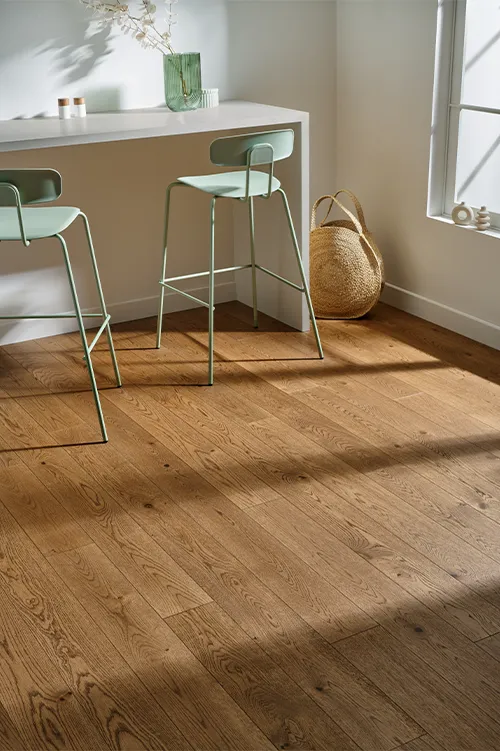Ultimate Guide to Different Types of Flooring: From Materials to Styles
Your customers need the right floor for the right space. The best way to help is to understand why each flooring type suits certain needs. Here’s a clear, easy guide you can use in branch or on the job.
Solid Wood Flooring
Solid wood flooring is made from a single piece of hardwood such as oak. Each board is cut from solid timber, giving it authentic character and a feel that only real wood can provide. It can be sanded and refinished several times over its lifetime, which means it can last for generations. Because solid wood reacts to humidity, it’s best suited for rooms with stable conditions, like living rooms and bedrooms. It’s not ideal for areas with high moisture, such as bathrooms or basements.

Engineered Wood Flooring
Engineered wood floors combine the beauty of real wood with added strength and stability. It is constructed from multiple layers of different materials sandwiched together.
The top layer (referred to as the wear layer) is real oak and ranges from 3-6mm thick in our Woodpecker Trade ranges. The thicker the top layer, the more it can be sanded and refinished.
The middle is a cross-layer core, providing its strength and stability in changing environments. This is what makes it a safe recommendation for kitchens, dining spaces and over underfloor heating.
Finally, the board is underpinned by a veneer layer for balance on the bottom of the board.

Laminate Flooring
Laminate is popular for its price and practicality. It offers a wide range of designs printed on HDF or MDF. It stands up well to daily wear, kids, and pets. It’s easy to clean and simple to fit, making it a go-to option for families on a budget who still want style.
Stratex® (Wood-Design) Flooring
When a customer asks for something waterproof but wants the look of wood or stone, Stratex® is a strong answer. It’s built with a highly stable mineral composite core that resists movement and moisture. Its PU-coated top layer makes it exceptionally durable and resistant to dents, ideal for busy family homes. A built-in underlay and Easiloc joint system make fitting straightforward and efficient. It’s a perfect choice for bathrooms, kitchens, and utility rooms where water resistance and strength matter most and compatible with underfloor heating.

Carpet
Sometimes customers want softness underfoot, especially in bedrooms or living areas where comfort matters. Carpet offers warmth, sound absorption, and a cosy feel that wood or hard floors can’t match.
Tile, Stone, and Concrete
These options are tough, waterproof, and easy to clean. They’re solid choices for bathrooms, kitchens, and hallways that see lots of wear. Tile or stone often works well alongside wood, helping customers create distinct zones with contrasts.
Bamboo and Cork
Some customers want a more sustainable choice. Bamboo grows fast and offers a hardwearing, stylish finish. Cork is softer underfoot, naturally insulating, and has a unique texture.
Both give you options to suggest when someone asks about eco-friendly flooring materials without compromising on quality or look.
Choosing the Right Wood Species
Customers might not realise that the choice of wood species shapes the final look, colour, and hardness of their floor. Oak remains a classic, but there are richer or more subtle choices too.
Helping Customers Make the Right Choice
Your job is to ask the right questions. Where’s it going? What kind of traffic? Any water exposure? Do they want real wood or a lookalike? What’s the budget? When you know the answers, you can match them to the best flooring type for their needs.

What Our Customers Say
Get In Touch



 3-Day Delivery
3-Day Delivery
 Free Delivery on Flooring
Free Delivery on Flooring
 20 Year Warranty
20 Year Warranty